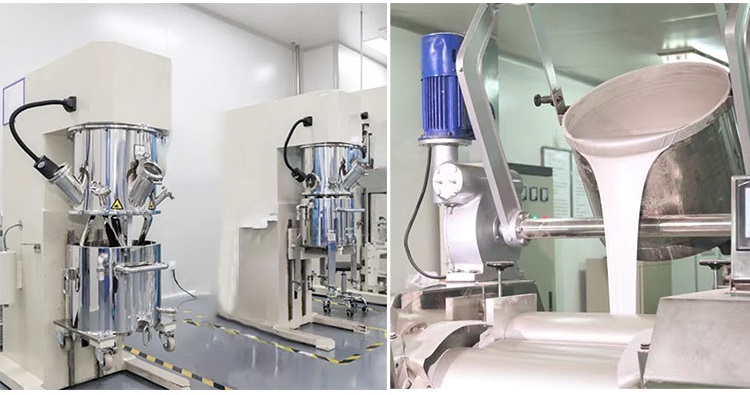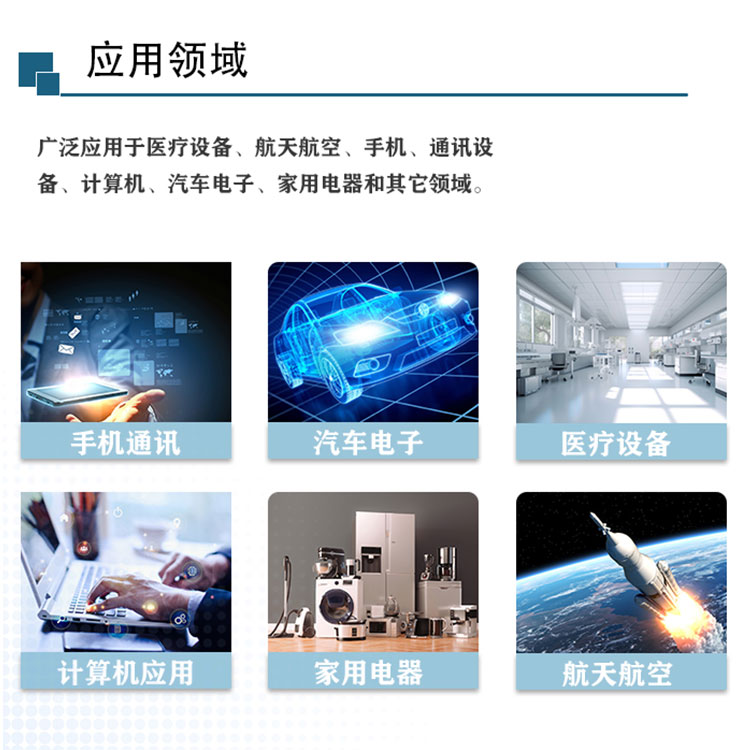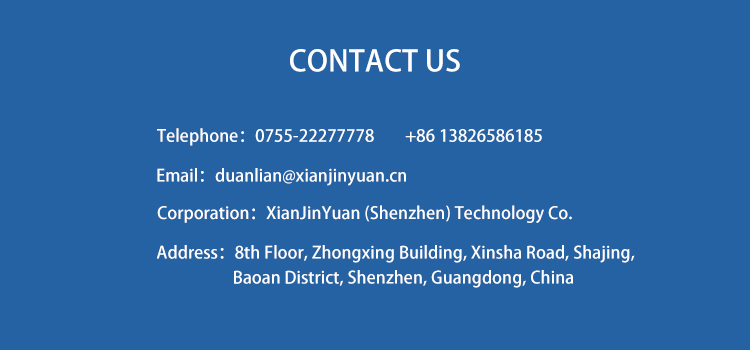Nickel carbon conductive adhesive is a conductive adhesive that combines the advantages of nickel and carbon materials. It tightly binds nickel powder and carbon materials (such as graphite) together through a resin matrix to form a stable conductive path, ensuring efficient signal transmission and current flow in electronic devices.
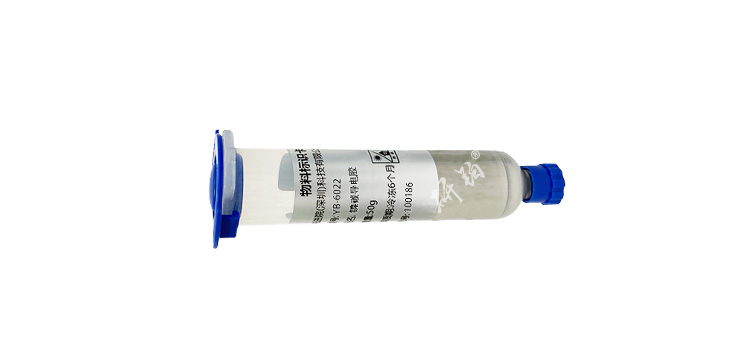
Product characteristics
- High conductivity:
- Nickel powder: Nickel has good conductivity and can ensure low electrical resistivity.
- Carbon materials (graphite): Carbon materials (such as graphite) also have excellent conductivity, further enhancing the overall conductivity of conductive adhesives.
- Excellent adhesion performance:
- Resin matrix: The resin matrix has good adhesive properties and can firmly bond various substrates such as metals, ceramics, glass, etc., ensuring the stability and reliability of conductive connections.
- High temperature resistance performance:
- High temperature stability: Nickel carbon conductive adhesive usually has excellent high temperature resistance, which can maintain stable conductivity and adhesive strength in high temperature environments.
- Good processability:
- Liquidity: Conductive adhesive has good fluidity, thixotropy, and operability, suitable for various packaging and bonding processes such as dispensing, screen printing, etc., making it easy to integrate into automated production lines.
- Curing conditions: Room temperature curing or heating curing can be selected as needed, and specific conditions should be operated according to the product manual.
- Chemical stability:
- Corrosion resistance: Nickel and carbon materials have high chemical stability and are not easily oxidized or corroded, ensuring that the conductive adhesive maintains stable performance over long periods of use.
- Cost effectiveness:
- Economy: Compared to pure gold conductive adhesive, nickel carbon conductive adhesive has lower cost and higher cost-effectiveness.
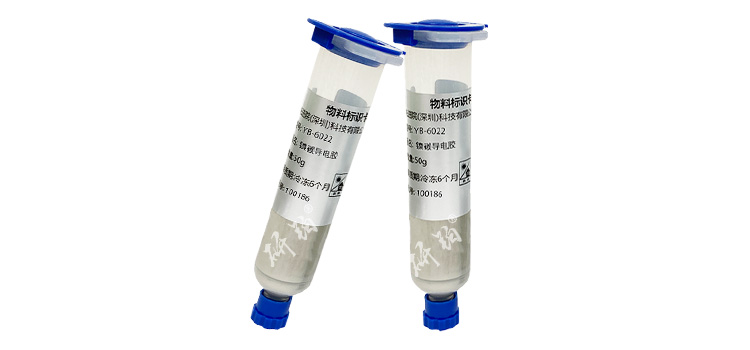
application area
- Electronic packaging:
- Integrated circuit packaging: used to connect integrated circuit chips with substrates, pins, and other components to ensure efficient signal transmission.
- LED packaging: used to connect LED chips and substrates, ensuring efficient light emission and stable operation.
- Semiconductor manufacturing:
- Wafer bonding: a bonding process used for semiconductor wafers to ensure good electrical connections between them.
- Microelectronics manufacturing: used to connect various components of microelectromechanical systems (MEMS) to ensure signal transmission and current flow.
- In the field of optoelectronics:
- Touch screen: used to connect the conductive layer and sensing layer in the touch screen, improving the sensitivity and durability of the touch screen.
- Display: Used to connect conductive lines in the display to ensure the stability and reliability of signal transmission.
- Other electronic components:
- Sensor: Used for conductive connections in sensors to ensure high-precision signal transmission.
- Flexible circuit board: used for conductive connections in flexible circuit boards to improve the reliability and flexibility of the circuit board.
workshop show
